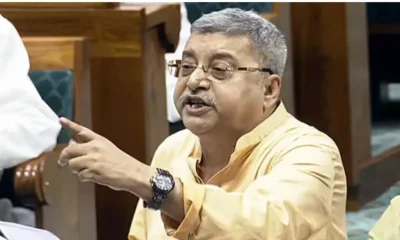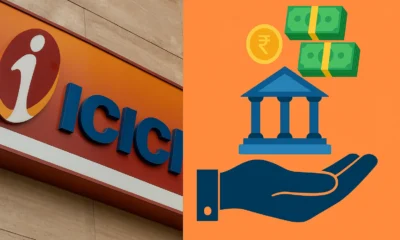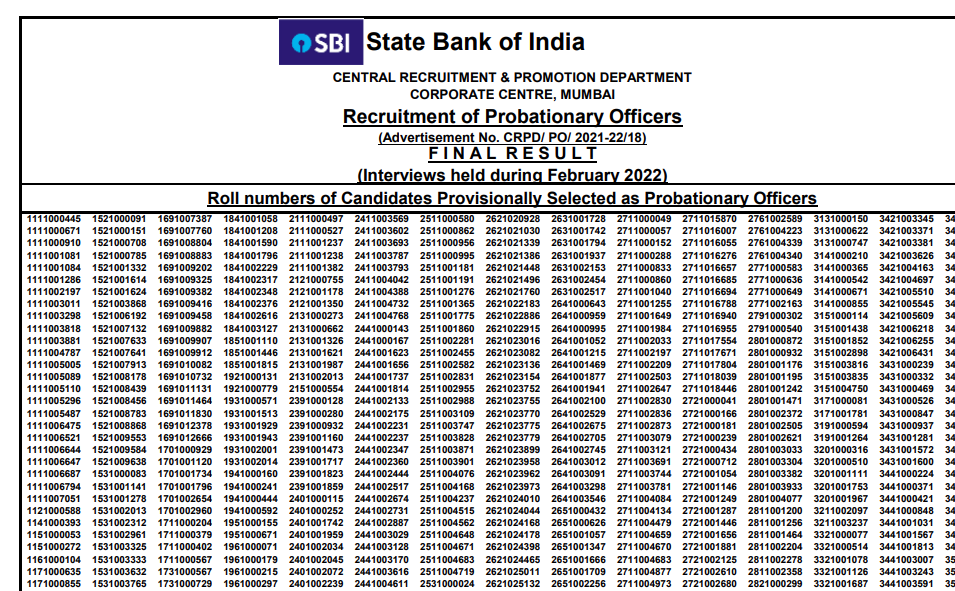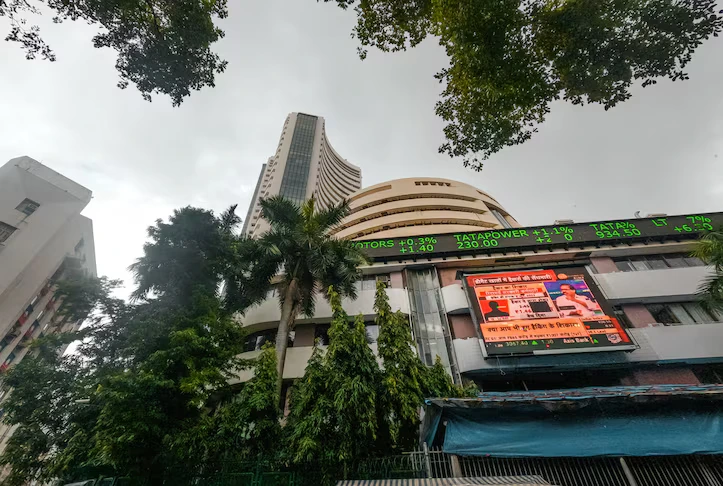Economy news
SBI revises ATM charges, to levy cash transaction fee

Economy news
ITR filing last date today: What taxpayers must know about penalties and delays
The deadline for ITR filing ends today, September 15. Missing it may lead to penalties, interest charges, refund delays, and loss of tax benefits.
Economy news
India’s GDP surges 7.8% in Q1, outpaces estimates and China
India’s GDP surged 7.8% in Q1 2025-26, the highest in five quarters, driven by strong services and agriculture sector growth, according to NSO data.
Economy news
Sensex falls 600 points, nifty slips 180 as US tariffs hit Indian markets
Indian equity markets witnessed sharp declines as US tariffs on Indian imports took effect. Sensex dropped over 600 points, while Nifty fell nearly 180 points in early trade.
-

 India News12 hours ago
India News12 hours agoCBI moves Supreme Court against suspension of Kuldeep Sengar’s life sentence in Unnao rape case
-

 India News11 hours ago
India News11 hours agoBangladeshi singer James’ concert cancelled after mob attack in Faridpur
-

 India News11 hours ago
India News11 hours agoOp Aaghat 3.0: Delhi police arrest over 280 accused ahead of New Year celebrations
-
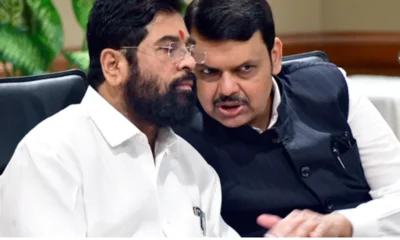
 India News9 hours ago
India News9 hours agoBJP and Shiv Sena reach broad seat-sharing deal ahead of BMC elections
-

 India News11 hours ago
India News11 hours agoOver 2,000 Maoists surrender under Chhattisgarh rehabilitation policy, says CM Vishnu Deo Sai

